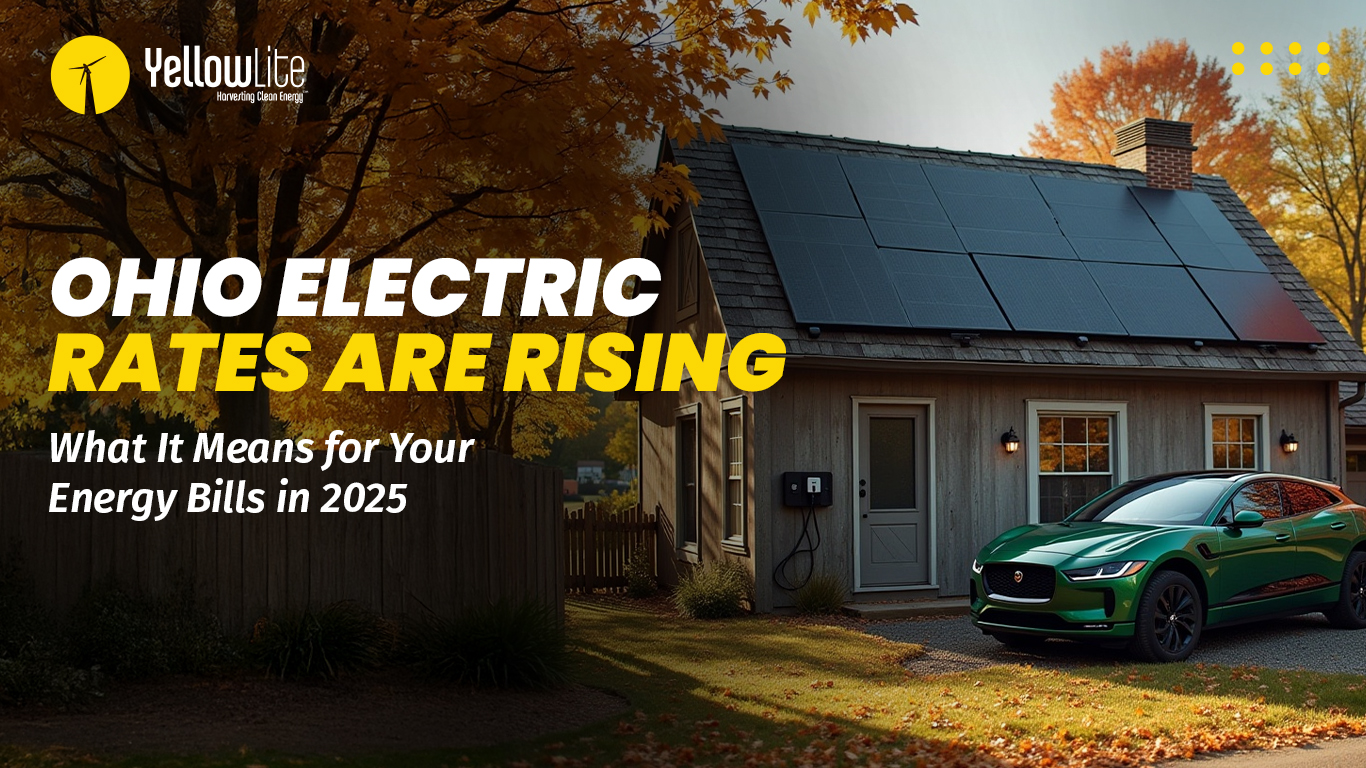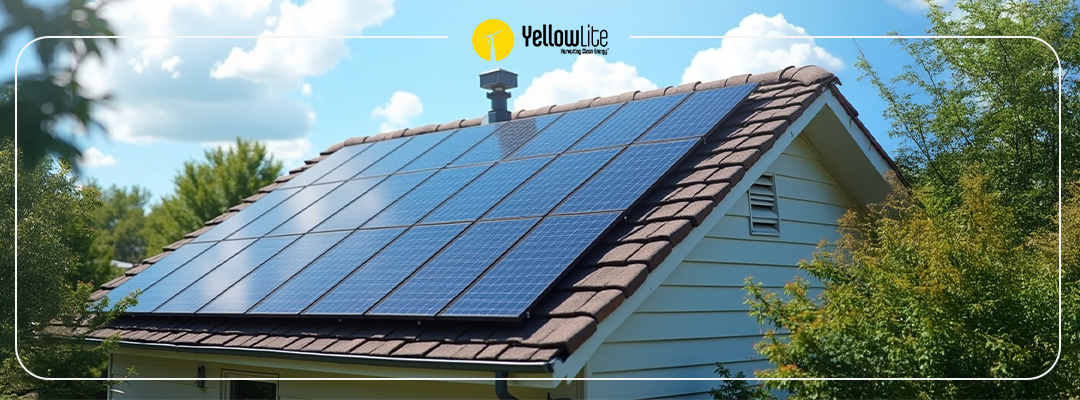Electric ovens are a staple in many homes, crucial for everyday cooking and baking.
For homeowners interested in getting a handle on their power consumption and keeping electricity bills in check, ovens are a major appliance to check off the list. This article will teach you how to calculate your oven’s energy output so you can plan kitchen activities around peak energy hours. We’ll also explore how incorporating solar power into your home can further optimize energy efficiency in your kitchen.
What is wattage?
Ovens, like other appliances, are referred to by their wattage.
What is a watt in the first place?
A watt is a unit of electrical power that measures the rate at which energy is used or generated. In this case, it tells us how much energy an oven consumes per second.
The higher an appliance's wattage, the faster it consumes electricity. Typically, home electric ovens range between 2,000 and 5,000 watts, depending on their size, design, and features. A larger oven or one with more cooking functions might need more power.
Where can you find out what your oven’s wattage is?
How to find your oven’s wattage
Look inside your oven door for a tag or serial number plate on the back of the unit. The information may also be listed in the owner’s manual.
Once you find it, let’s get back to work.
What Determines Electricity Consumption?
Several key factors impact the amount of electricity an electric oven uses.
Oven Size and Capacity: Generally, larger ovens consume more electricity because they have more space to heat. Design efficiency can affect this, with some larger ovens being more energy-efficient than smaller ones.
Oven Age and Condition: Older or poorly maintained ovens might be less efficient, so more electricity is needed to reach and maintain the set temperature.
Usage Frequency: The more you use your oven, the more electricity it consumes. Regular baking, roasting, or broiling can significantly increase energy usage.
Cooking Duration and Temperature: Energy demand rises with higher temperatures and extended cooking times. For example, preheating the oven to high temperatures for extended periods can increase power usage.
Type of Cooking: Different dishes require different temperatures and cooking times. Some foods that cook slowly at low temperatures might use less energy than those that need high temperatures for short periods.
With each of these variables in mind, there is a way to calculate your oven’s energy usage more precisely.
How to Calculate Your Electric Oven's Energy Usage
Once you’ve identified the wattage of your oven, here’s a simple way to calculate its energy use:
Calculate Monthly Usage Time: Total the average number of hours you use the oven per month.
Calculate Energy Consumption: Multiply the oven's wattage by monthly usage to find the total watt-hours (Wh) consumed.
To convert this to kilowatt-hours (kWh), the standard unit of measurement on your electricity bill, divide by 1,000.
If you have a 4,000-watt oven and you use it for 10 hours in a month, the calculation would be:
4,000 watts×10 hours=40,000 Wh=40 kWh
Estimate Cost: To determine how much your oven adds to your electricity bill, multiply the total kWh by your electricity rate (the cost per kWh). You can usually find this rate on your electricity bill.
Once you know your energy consumption rate, you can better manage electricity use in the kitchen and find ways to reduce it, such as adjusting cooking habits and considering energy-efficient cooking methods.
Electric Ovens, Residential Solar, and You
In previous blogs, we've calculated how much energy appliances like refrigerators, air conditioners, and even computers draw from residential solar systems.
Using the same calculations, we can determine how much energy an electric oven would draw from a solar system and how many panels it would take to power an oven.
Here’s how:
Determine oven wattage: We determined above that we can find this inside the oven door, on the serial number plate on the back of the unit, or in the owner’s manual. For the average home oven, this should be between 2,000- 5,000 watts.
Assess Oven Usage: Estimate how often and for how long you use your oven. Convert this
Calculate Energy Use: Multiply the oven's wattage by the hours of use to get the total watt-hours (Wh). Divide this by 1,000 to convert it to kilowatt-hours (kWh).
Calculate required solar production: To determine how many panels would support your oven, divide the oven's monthly kWh by a single panel's monthly production while factoring in your area’s peak sunlight hours.
Residential solar panels are 400 watts, 500 watts and 600 watts on average. For our calculations, let’s assume a 400-watt residential solar panel.
If your 4,000-watt oven consumes 40 kWh per month and one 400-watt solar panel generates around 40 kWh per month (assuming moderate sunlight conditions), you would need 40 kWh / 40 kWh per panel. That means one solar panel would cover your oven usage each month.
While installing one solar panel solely for your oven is impractical, understanding how much energy your oven uses and how it fits into the broader context of solar energy usage can help you make more informed decisions about energy consumption and sustainability in your home.
Get it right with Yellowlite
This blog has equipped you with the tools and knowledge to understand your electric oven's energy demands and how to adjust your usage to meet those needs. By analyzing wattage and usage patterns, you can continue to optimize your household's energy consumption and reduce your carbon footprint.
If you have any questions or suggestions, contact us any time.



